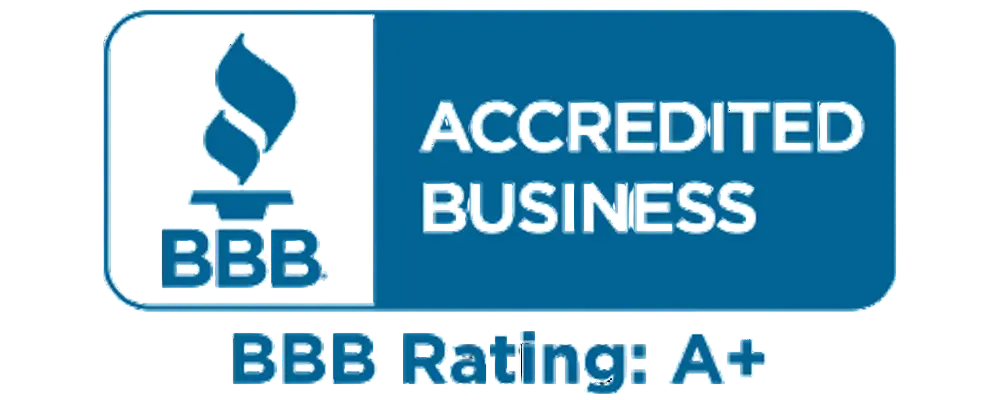Download free PDF
Sailboat Market Size - By Hull, By Length, By Propulsion, Analysis, Share, Growth Forecast, 2025 - 2034
Report ID: GMI7354
|
Published Date: January 2025
|
Report Format: PDF
Download Free PDF
Authors: Preeti Wadhwani, Satyam Jaiswal



Premium Report Details
Base Year: 2024
Companies covered: 20
Tables & Figures: 200
Countries covered: 22
Pages: 180
Download Free PDF

Sailboat Market
Get a free sample of this report
Get a free sample of this report Sailboat Market
Is your requirement urgent? Please give us your business email
for a speedy delivery!





Sailboat Market Size
The global sailboat market size was valued at USD 3.1 billion in 2024 and is projected to grow at a CAGR of 3.7% between 2025 and 2034. The increasing demand for high-performance sailing vessels is driven by advancements in hull design, materials, and propulsion systems. Innovations like lightweight composites, hydrofoil technology, and hybrid/electric propulsion are enhancing speed and fuel efficiency. Additionally, the rise of competitive sailing and the pursuit of luxury yachts with cutting-edge technology further accelerate interest in top-tier sailing experiences.
For instance, in November 2024, the 31-meter sailing yacht Magic Carpet e is set to launch, marking a significant milestone in the evolution of the Magic Carpet series. This yacht ushers in a new chapter in high-performance sailing, building on the legacy of its predecessor, the 30.5-meter Wally Magic Carpet Cubed.
The growing popularity of sail training programs is driving interest in recreational sailing. These programs offer hands-on experience and skill development, attracting newcomers and fostering a deeper connection to the sport. As more people gain proficiency through these initiatives, demand for sailboats increases, encouraging both novice sailors and seasoned enthusiasts to invest in new vessels.
For instance, in February 2024, the Royal New Zealand Yacht Squadron (RNZYS) and Emirates Team New Zealand revealed a new fleet of Elliott 7 yachts, designed to strengthen the country's Youth Sail Training Programme. This initiative represents a major investment in the future of sailing in New Zealand, furthering the legacy of nurturing world-class sailors.
Sailboat Market Trends
Modern cruising is shifting towards more luxurious, sustainable, and technologically advanced vessels. Sailboats now feature eco-friendly propulsion systems, smart navigation tools, and advanced hull designs for better performance and comfort. Consumers are increasingly seeking vessels that offer both high-end amenities and eco-conscious features, aligning with the growing demand for sustainable leisure activities and long-distance cruising capabilities.
For instance, in January 2024, the Bavaria C46 will make its debut at the upcoming boot Düsseldorf. This new yacht marks a significant evolution of Bavaria Yachts' successful C-LINE series, designed in collaboration with Cossutti Yacht Design, and is set to redefine the standards of modern cruising yachts.
High initial investment and ongoing maintenance costs remain significant barriers for potential buyers. Sailboats, especially luxury models, can be expensive to purchase and maintain, deterring many consumers. Additionally, the appeal of sailing is often limited to enthusiasts, making it challenging to attract a broader audience. Unlike other recreational activities, sailing requires specific skills, equipment, and knowledge, which may deter non-sailing enthusiasts. Furthermore, the seasonal nature of boating in many regions limits usage and demand, adding to the cost burden, while also hindering broader adoption outside of dedicated sailing communities. These factors can restrict market growth and consumer engagement.
Sailboat Market Analysis
Based on hull, the market is segmented into monohull, and multihull. In 2024, the monohull segment accounted for 65% of the market share and is expected to exceed USD 2.8 billion by 2034. Monohull sailboats are increasingly favoured for their balance of performance, stability, and affordability. Recent advancements focus on lightweight materials, improved hull designs, and enhanced fuel efficiency. As a result, they remain popular among recreational sailors and those new to the sport. Their versatility and ease of handling continue to make them a top choice for both leisure and competitive sailing.
Additionally, monohulls are benefiting from innovations in sail technology, such as advanced, more durable fabrics and optimized rigging systems. These enhancements improve speed, ease of handling, and overall sailing experience. With a continued emphasis on affordability and accessibility, monohull sailboats are expected to remain a preferred option for a wide range of sailors, from beginners to seasoned enthusiasts.
Based on the length, the sailboat market is divided into up to 20 ft, 20 ft to 50 ft, and above 50 ft. The 20 ft to 50 ft segment held 42% of the market share in 2024. Sailboats ranging from 20 ft to 50 ft are gaining popularity due to their balance of performance, comfort, and affordability. These vessels offer enough space for longer voyages while remaining manageable for recreational sailors. Advances in design and technology, such as energy-efficient systems and modular interiors, are enhancing their appeal for both leisure cruising and weekend getaways.
Moreover, the trend toward sustainable and eco-friendly features is becoming more prominent in this size range. Many new models incorporate hybrid propulsion systems, solar panels, and lightweight, recyclable materials. This shift aligns with growing consumer demand for environmentally conscious boating options, making sailboats in the 20 ft to 50 ft range increasingly attractive to eco-conscious sailors seeking both performance and sustainability.
North America sailboat market accounted for 40% of the revenue share in 2024 and is expected to exceed USD 1.9 billion by 2034. In the U.S., there is a growing preference for luxury and performance-oriented sailboats, with a focus on sustainability. Sailors are increasingly drawn to eco-friendly features like hybrid propulsion and solar power. Additionally, technological innovations in navigation and sail systems are gaining traction, while the expansion of sail training programs is fostering interest among new enthusiasts, driving overall demand.
In Europe, there is a strong emphasis on sustainable and eco-friendly sailing options, with many buyers opting for hybrid or electric propulsion systems. Technological advancements in sailboat design, including smart navigation tools and energy-efficient materials, are becoming more common. Additionally, the rise of luxury and custom-built yachts, combined with a growing interest in cruising, continues to shape consumer preferences.
In the Asia Pacific region, there is a growing interest in recreational sailing, driven by increasing disposable incomes and a rising middle class. Modern designs, especially compact and affordable sailboats, are gaining popularity. Additionally, luxury sailboats are attracting affluent buyers, with a focus on advanced technology, eco-friendly features, and performance enhancements for both leisure and competitive sailing.
Sailboat Market Share
Groupe Beneteau, Fountaine Pajot, and HanseYachts collectively held a substantial market share of 29% in the sailboat industry in 2024. Groupe Beneteau has established a strong foothold in the global sailing market with its wide range of monohull and multihull vessels. Its extensive product portfolio, innovative designs, and commitment to sustainability position it as a market leader. The company focuses on combining luxury with performance, catering to both recreational sailors and competitive enthusiasts, boosting its market presence.
Fountaine Pajot excels in the multihull segment, offering premium catamarans known for their stability, space, and performance. With a focus on sustainability and cutting-edge technology, the company has attracted a growing customer base. Its emphasis on customization and high-end features helps differentiate its offerings in the competitive sailing industry.
Sailboat Market Companies
Major players operating in the sailboat industry are:
Sailboat Industry News
The sailboat market research report includes in-depth coverage of the industry with estimates & forecasts in terms of revenue ($Bn) and volume (Units) from 2021 to 2034, for the following segments:
Click here to Buy Section of this Report
Market, By Hull
Market, By Length
Market, By Propulsion
The above information is provided for the following regions and countries: